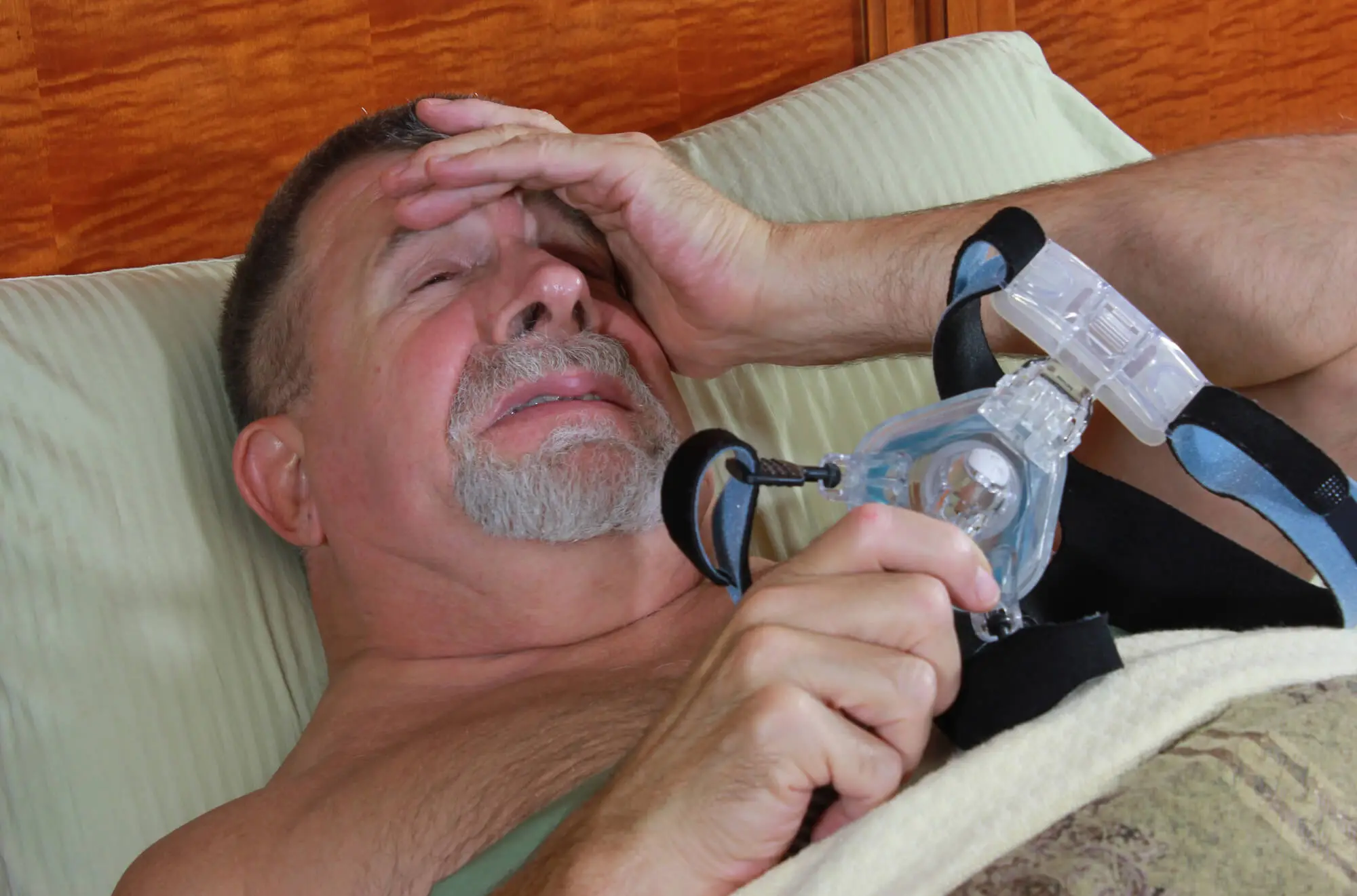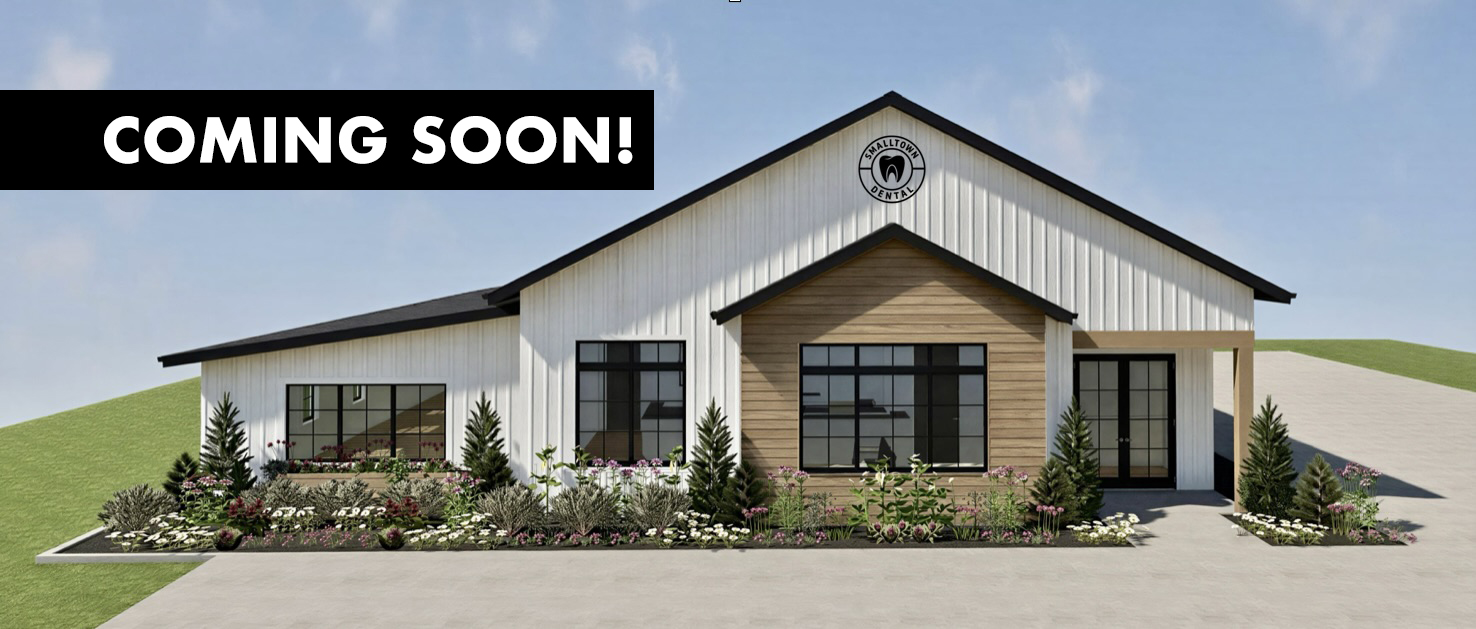Nowadays, the benefits of orthodontics with a dental office in Glen, IL, are well known. Beyond the aesthetics of a straighter smile, well-aligned teeth are easier to clean, preventing issues like tooth decay or gum disease. However, an often overlooked area is orthodontics' impact on airway health.
Sometimes, orthodontic treatments involve dental extractions, which can lead to the shrinkage of your jaw. For that reason, in the last few years, the myth emerged that orthodontics can cause breathing issues and sleep apnea in the long run. But is that actually so?

What Is Obstructive Sleep Apnea (OSA)?
Obstructive Sleep Apnea (OSA) is a sleep disorder in which the airway becomes partially or completely blocked while sleeping. It can be caused by various issues, from relaxed throat muscles and enlarged tissues to anatomical factors.
When the airway becomes obstructed, oxygen flow drops and patients wake up. As a result, they can experience daytime fatigue and headaches. In the long term, sleep apnea has been associated with insomnia, depression, and even cardiovascular risks.
Why People Think Orthodontics Causes Sleep Apnea
Concerns about orthodontics and sleep apnea often stem from one particular treatment: tooth extractions.
In the past, it was common for orthodontists to extract teeth to address overcrowding. Some believe that removing teeth and then retracting the remaining teeth may reduce tongue space or narrow the dental arches—potentially restricting the airway.
However, there is no strong clinical evidence proving that properly planned orthodontic extractions directly cause sleep apnea. Additionally, today’s orthodontists place more importance on facial balance, airway space, and long-term stability when making treatment decisions.
The Truth: Orthodontics May Help Prevent or Alleviate Sleep Apnea
Contrary to popular belief, orthodontics can often help improve sleep-disordered breathing in certain patients—especially when treatment is started early. Here's how:
- Palatal Expansion: Expanding the upper jaw in children or teens can widen the airway and improve nasal breathing.
- Jaw Advancement: For patients with a retruded lower jaw, orthodontics combined with orthognathic surgery can increase airway space.
- Aligning the Bite: Correcting malocclusion and improving tongue posture can contribute to healthier breathing patterns.
In fact, some orthodontists work in collaboration with sleep medicine specialists to design oral appliances or treatment plans aimed at reducing airway obstruction.
So, Can Orthodontics Cause Sleep Apnea?
The short answer: No—not when properly planned and executed. Orthodontics alone is rarely the sole cause of sleep apnea. Other factors, like genetics, obesity, enlarged tonsils, and nasal structure, play much larger roles in the development of the condition.
That said, an unbalanced treatment plan that ignores airway health could potentially contribute to restricted breathing in rare cases. This is why it’s so important to work with a dental team that understands the relationship between orthodontics and the airway.

Dispel the Myths and Breathe a Little Easier with a Dental Office in Glen IL—Literally!
Nowadays, expert dental offices evaluate each orthodontic case with a whole-health perspective. Whether you're concerned about sleep apnea—or already struggling with symptoms like snoring, daytime drowsiness, or restless sleep—the team at Smalltown Dental can assess your bite, airway, and overall oral health to ensure your treatment supports not just a beautiful smile, but also optimal breathing.
Schedule a consultation today to learn more about airway-conscious orthodontics and sleep apnea solutions that put your health first.








.webp)








